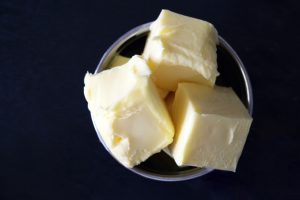 For most of us, butter is used in our daily routine.
For most of us, butter is used in our daily routine.
We spread it on our toast, our morning bagels, sometimes we even cook with it, so making sure that we use the best butter for our health seems imperative.
But is all butter the same?
If you search online, you’ll be sure to find an abundance of articles about the benefits of “real” butter but what differentiates the real from the fake?
There are several types of butter which are listed below alongside their common uses.
Unsalted Butter – This is your traditional butter used predominantly in baking.
Cookies, pie crusts, and cupcakes are all created from this marvellous wonder.
This variety is made using only milk or cream and is made up of at least 80% of the fat particles.
Salted Butter– Much the same as the unsalted sort, this butter is created using one main ingredient: milk and or cream.
The difference between the two? You guessed it- salt.
Organic Butter – When we shop for our groceries, we try to keep the costs down as much as we can by reducing unnecessary spending.
We may decide against spending the extra for organic butter because we don’t realize the benefits of purer, non tampered with butter.
This butter has been produced from cows who haven’t been pumped full of antibiotics, and haven’t been subject to GMO’s.
Whipped Butter – Some of us like to count calories.
Whipped butter is pumped through with gas, usually nitrogen, to reduce the calories and the density of our butter.
It was developed for ease of use, for spreading on toast. It’s not usually used in cooking.
European Style Butter – Where regular unsalted butter only contains around 80% of milk fat, European style butter contains a higher percentage, usually between 82 and 85%.
It therefore tastes more creamy and is great on croissants.
Light Butter – The milk fat content in lighter butter sits at around 40% and because of that, it has fewer calories and is currently very popular in the market.
As it has such a low fat content, the bulk consists of water, lactic acid and other fillers.
Butter-like Spread (or margarine)– This type of butter is actually rarely butter at all!
Usually consisting of oils and fillers, this variety of spread is best used in sandwiches for a lower calorie option.
Real butter is defined by its ingredients, or lack of. Real butter is made from milk, cream, or a mixture of the both, making it pure and healthy.
After all, real butter is rich in Vitamin A which is vital for adrenal and thyroid conditions, it protects against tooth decay, and boosts immunity due to its naturally forming conjugated linoleic acid.
Great examples of healthy butters include Ghee clarified butter and Yeo Valley.
What’s in your butter that’s harmful?
Unfortunately, some butters contain harmful chemicals such as additives and artificial flavouring that can cause sinister effects on our bodies. What is even more concerning is the way our food is produced as the use of GMO’s can induce negative side effects throughout our body.
What is GMO?
Genetically modified organisms are where the cell structure of a plant is modified to adapt a certain lifestyle.
For instance, in theory, by adding certain cells the plant could be grown to become more resistant and withstand conditions which may have caused crop failure in natural, unmodified plants.
This process does not currently follow a set of standards, meaning it can cause allergic reactions and intolerances in consumers.
The development of GMO crops also incorporate bacterial and viral cells in their research, which could lead to a new strain of disease or illness.
When we use these types of non organic foods to feed our livestock we produce potentially infected foods such as butter and milk.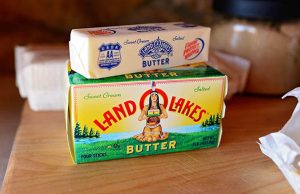
Unfortunately, this is common practice in our farming industry as grass fed cows don’t produce as much milk as those who are fed on GMO corn and soy.
For instance, Dean Foods and Land O Lakes claims that their products do not contain GMO ingredients, although they feed their cows GMO crops.
What about the additives in our food?
In addition to GMO’s in our food, we should also be wary of additives: artificial ingredients, preservatives, and GMO oils.
Preservatives sound great in theory, produce longer lasting food to sit in your cupboards, meaning less grocery trips and less waste.
In practice, regulations cannot guarantee that these additional contents to our food do not induce adverse effects on our bodies.
Potassium Sorbate is a preservative that is used in butters such as “I can’t believe it’s so good” and other cheaper spreads.
Side effects of this synthetically produced chemical include nausea, vomiting, and diarrhea.
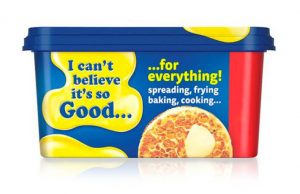
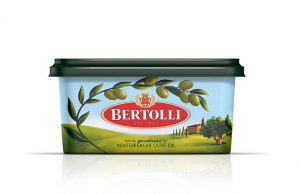 There is a small chance that these added ingredients can lead to something a lot more sinister.
There is a small chance that these added ingredients can lead to something a lot more sinister.
When sodium benzoate is combined with ascorbic acid it can create benzene which can lead to the development of Leukemia and other types of cancer.
Butter is made from milk and cream. When other ingredients are listed such as “natural flavour” or citric acid, it’s worth assessing to see if there are other options available.
Commonly, a chemical called Annatto is added to the butter to give it a yellow appearance.
This plant leaf and seed derivative is often used to make medicine to treat diabetes, malaria, and hepatitis but it currently has not been researched thoroughly enough to produce any definite results with regard to safety.
When we choose what food to consume, including the butter we spread on our toast, it’s vital to understand the process it has been through before it reaches our shelves.
When choosing real and healthy options for our butter we should consider organic and pure produce and put our health first.
Besides butter, most of the foods we eat today are mostly genetically modified.
To protect yourself from cancer, go to the next page and & learn how you can protect your body from these deadly toxins –
About the Author:
Emma Deangela is the best selling author of The Alkaline Diet Program and 80/20 Fat Loss. She has helped over tens of thousands of men and women to lose weight and transform their health with sound nutrition advice. Learn how you can lose weight fast – How to lose weight by adding these alkaline foods.
What brands of butter do you use?
Please share with your friends this article on butter – Use any of the social media and email buttons on the left of our website.
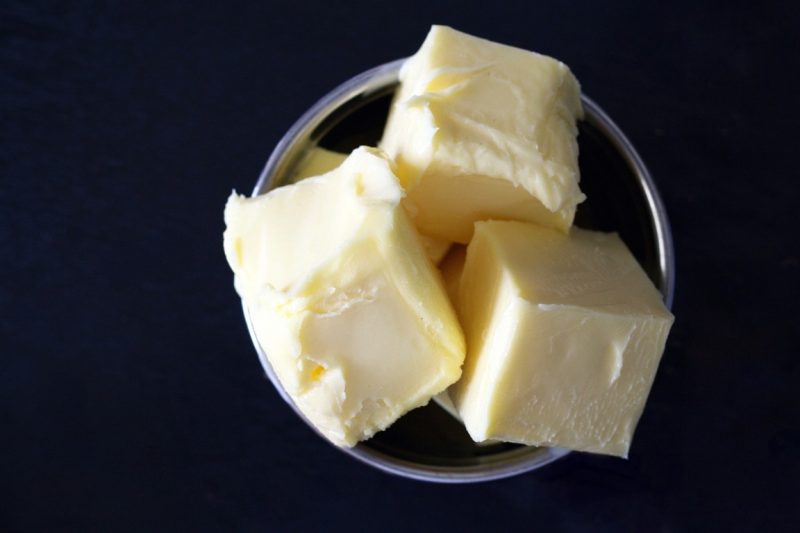

Leave a Reply